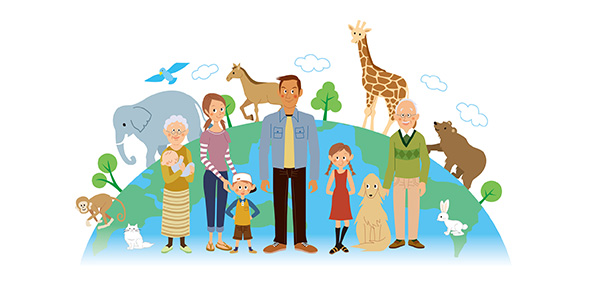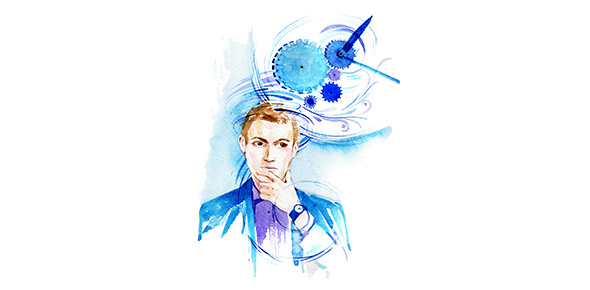Related Flashcards
Related Topics
Cards In This Set
| Front | Back |
|
Article: "Arranging a Marriage in India"Author: Nanda (TAP)
|
Article addresses the fact that marriages are typically arranged in India but what happens if these people move to another country? Do they continue the practice? What things change? What things stay the same? Most
marriages are arranged by parentsArranged
marriages are viewed as contrary to
·
the
American ideal of individualism
·
the
notion that a successful marriage is based on romantic love
|
|
Important information gleaned from Indian matrimonial ads
|
Family’s
(not individual’s) decision - ad
posted by a family member (written in the third person)
Emphasis
on quality of family (i.e. caste,
occupations, locations (London) – transnational family, upper
socioeconomic class) (Extended)
family values emphasized
|
|
Important Considerations made in the Marriage Process
|
According to Nanda, in India, Indians go through the matrimonial process looking for not only a wife, but also a daughter-in-law!Family’s
reputation; Caste and social class; “Character” of the girl; Skin color
(indicator of caste); Ability of bride’s family to provide for suitable wedding
festival and dowry = all
important things to consider
Marriage arrangement is a parental decision - "My
marriage is too important to be arranged by such an inexperienced person as
myself" (Sita, college graduate)
The notion of a parent searching for their child's mate is in contrast
with US – Indians view their parents playing the role of matchmaker as greatly reducing the anxiety over being popular (over finding a mate)
However, immigrant
children two or three generations out not as amenable to arranged marriage by
parents, practice fades over time
|
|
Important information gleaned from American personal ads
|
Ads are "all
about me", very different approach to attracting life partner in U.S. as compared to IndiaU.S.– personal
decision, India – decision situated in broader family context
|
|
Monogamy
|
Marriage of one man with one woman
|
|
Polygyny
|
Marriage of 1 man with 2 or more women
|
|
Polyandry
|
Marriage of one woman with 2 or more men
|
|
Polygamy
|
Encompasses both polygyny and polyandry
|
|
Article: "When Brothers Share a Wife"Author: Melvyn C. Goldstein
|
Classic article, still considered best article on polyandryTibetans’ perspective Polyandry
seen by Tibetans as a means to insure family unity.Polyandry
has a practical economic side: to conserve household resources (in a situation
of resource scarcity, avoids fragmenting land, animals by having the brothers
inherit the land and other resources together avoids this problem).Corollary
and Consequence:A
result of polyandry is that many women are excluded from marriage. Low
fertility and population growthBy
excluding many women from marriage, polyandry has the unintended effect
of limiting population growth.
|
|
Sociocultural Norms for Tibetan Marriage Practices
|
Patrilocal
post-marital residence - women
marry out (move into the residence of their husband), men stay at home.Patrilineal
inheritance - men
inherit the land and animals from their fathers (avoids land fragmentation).
Monogamy
– if each one brother takes their wife and inherits it equally the land, animal
holdings the total family land holdings and animal holdings decrease due to
splitting
Conserve
resources, don’t have the break up through marriage – all brothers inherit same
resources
Economic
viability in a diversified HH economy
Sustain
household economy by maintaining more than one adult in the household (one
brother farms, other trades, other herds – all for benefit of same household)
|
|
Hypothesis made by Goldstein about the future of polyandry in Tibet
|
Goldstein
predicted that people would abandon polyandry when other income earning
opportunities become available. Has this happened? To some extent, because of the elimination of the traditional serf-based economy and the new opportunities for economic and social mobility, the practice of polyandry has diminishedYounger
brothers earn wages, gain ability to split out and form own monogamous union
Five
brothers ranging in age, family strategically has some marry one wife, other
younger brothers move out
Eldest
brother is farmer, home permanently
Younger
two brothers married to wife – learn trade (one brother became carpenter, one
became truck driver)
Economically
diverse household: rural-urban connections (jobs thru education)
Multiple
income sources (farming, driving, skilled labor)
Eldest
three sons – stay at home, arranged marriage (polyandry, patrilocal – wife
moves in with brothers)
Youngest
two sons – jobs thru education, choice marriage (monogamy, neolocal)
|
|
Article: "The Persistence of Polygyny"Author: Egan (TAP)
|
Article about the history of polygyny in the United States1890s:
Mormon church denounced polygamy (actually, polygyny) and Utah outlawed the
practice (condition of statehood).20,000
– 60,000 today people live in polygynous families (such wide range it means
that you really have no clue how many people are living in these households,
very secretive practice because illegal).Polygyny
survives in “clans”.
|
|
Opponents of Polygyny
|
·
Lack
of female autonomy
·
Early
(child) marriages = pedophilia
·
“Incestuous”
unions (e.g., first cousins) – legally first cousin is NOT incest
·
Appointed
marriages (often large age diff.)
·
Statutory
rape if the women is under legal age (Must keep in mind - General practices or isolated incidents?)
|
|
Supporters of Polygyny
|
·
Men
are evolutionarily wired for multiple sex partners.
·
Men
have natural urge for diversity of mates.
·
Female
perspective
·
Polygyny
keeps sex within marriage, legitimizes offspring (better to be a second wife
than concubine, gives you rights to you child).
·
Polygyny
offers “sense of security” and “sisterhood” for modern women (+ sharing the
domestic duties) – some women positively inclined toward polygyny.
|
|
Presence of an Ethnocentric Bias in the Article
|
"While does this represent the edge of the last century..." Ethnocentric bias
by author about the town how the practice of polygny can’t possibly be a thing
of modern times, that it is outdated – however Childs points out it is unfair
of the author to make these characterizations of this practice
|







